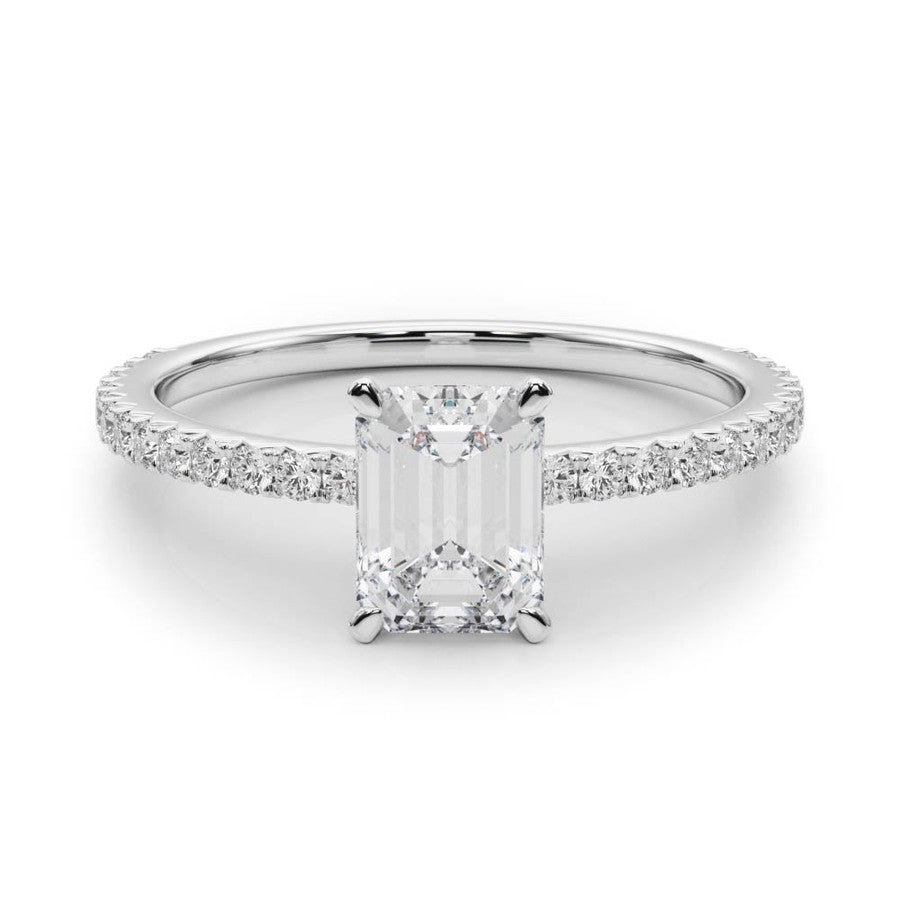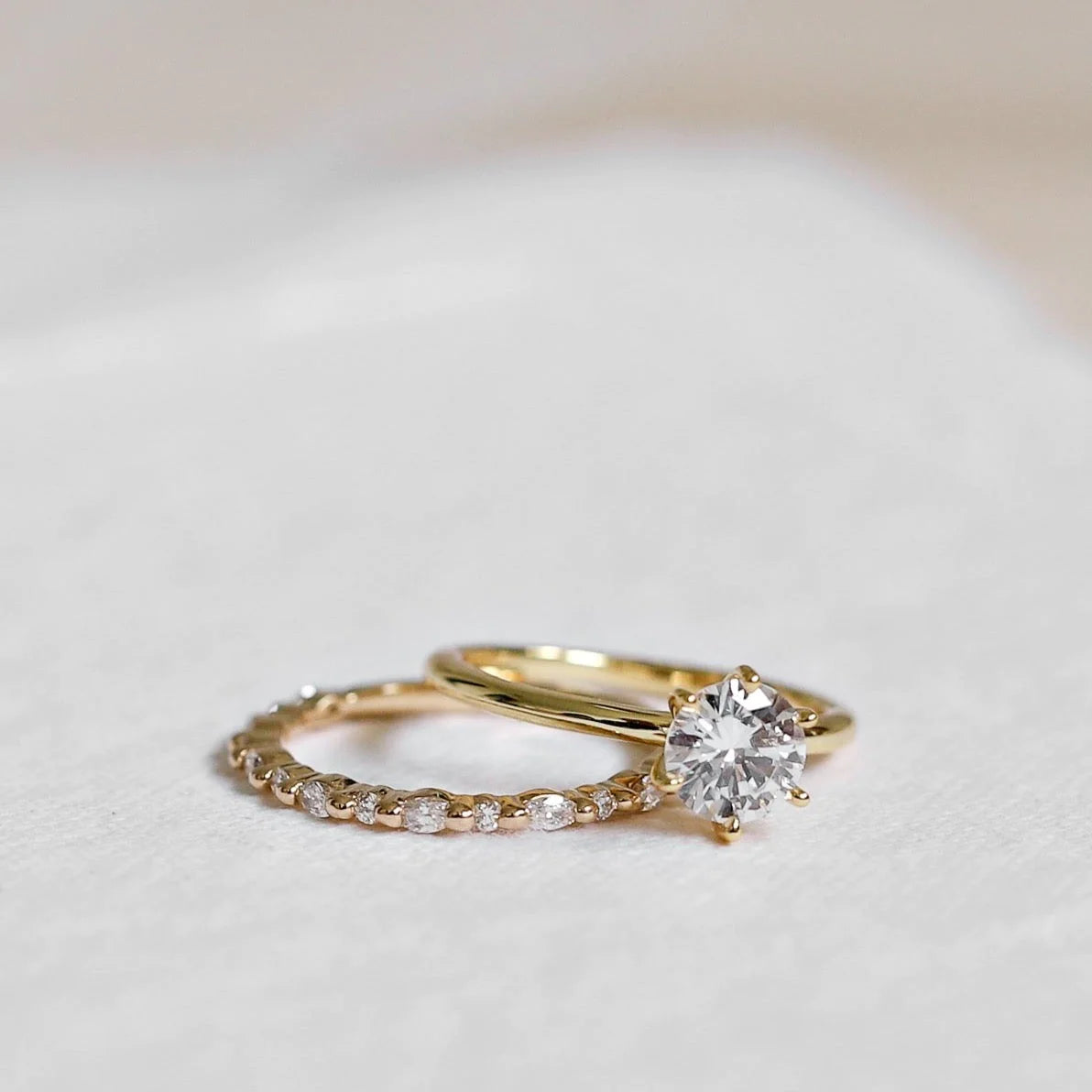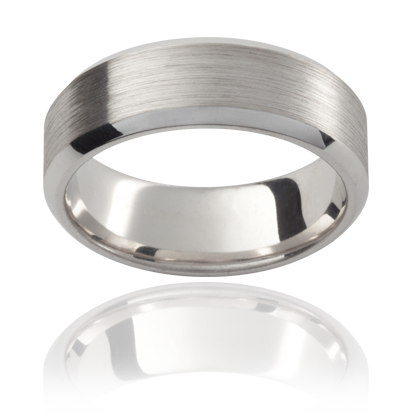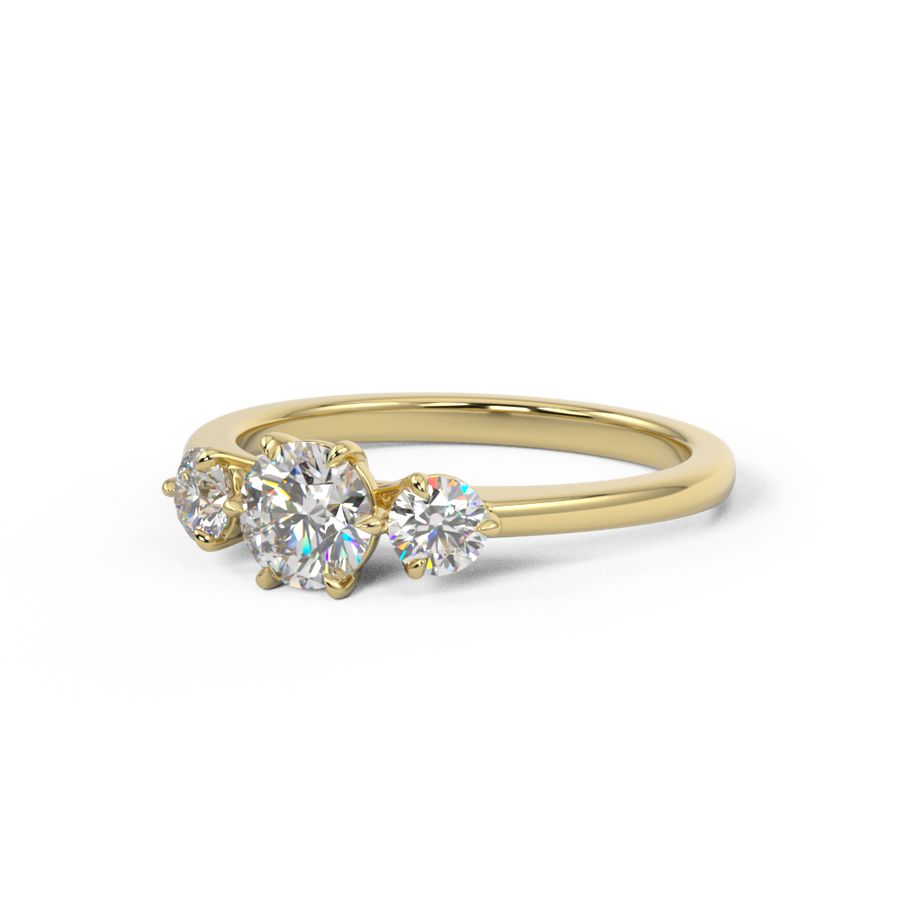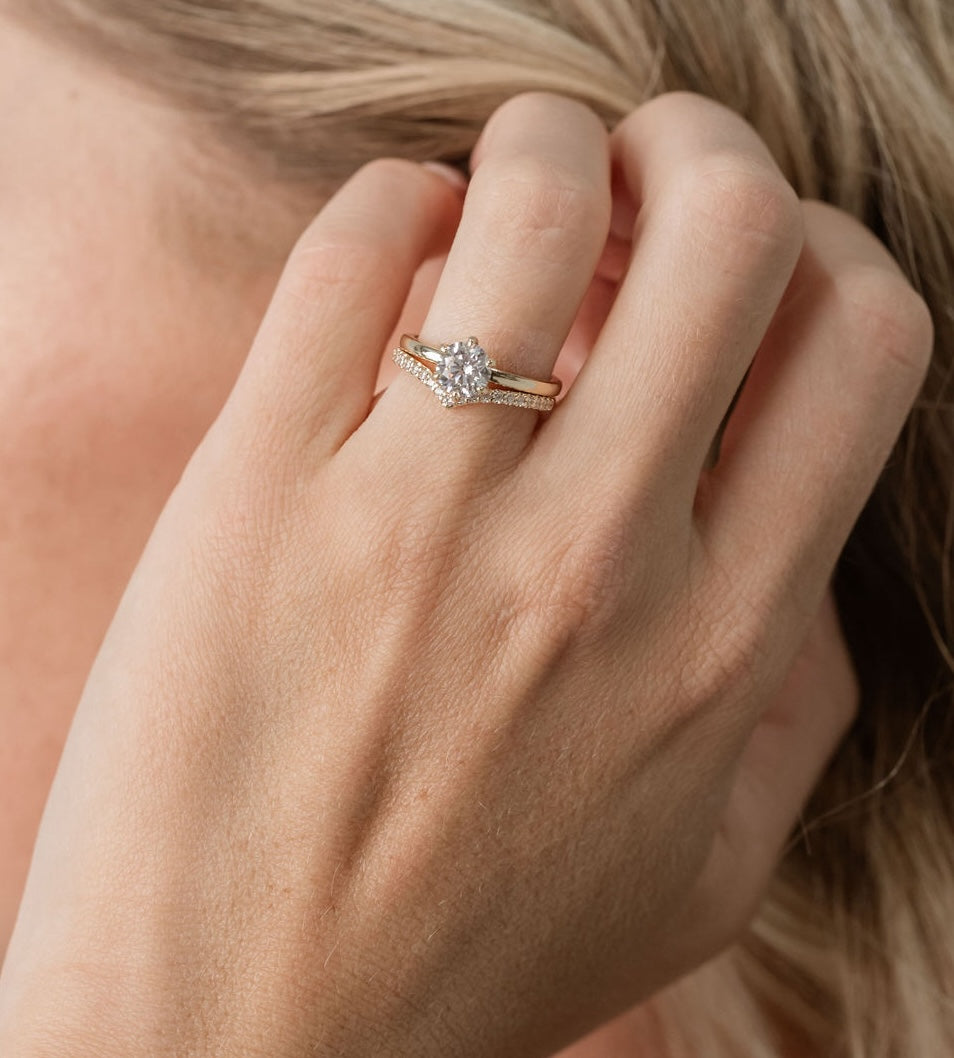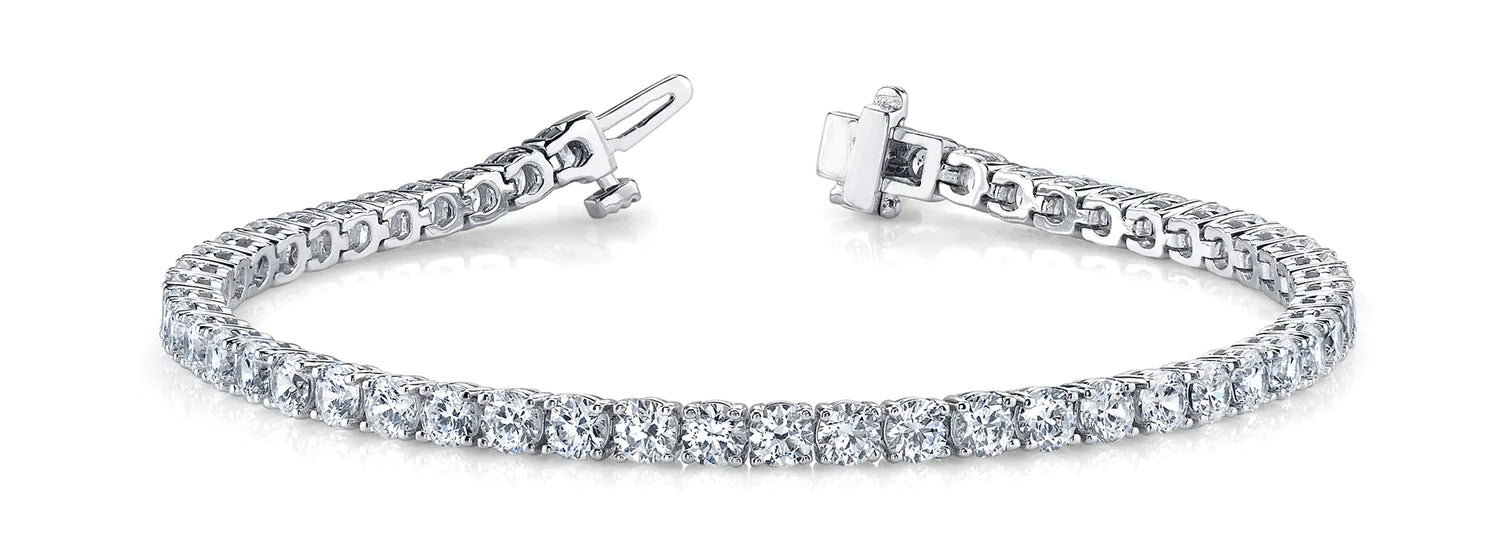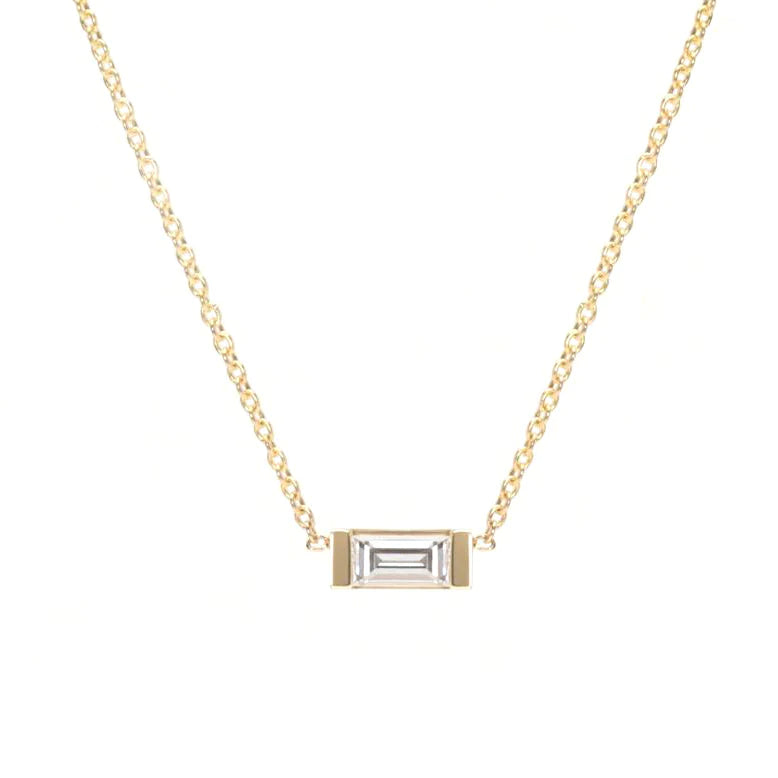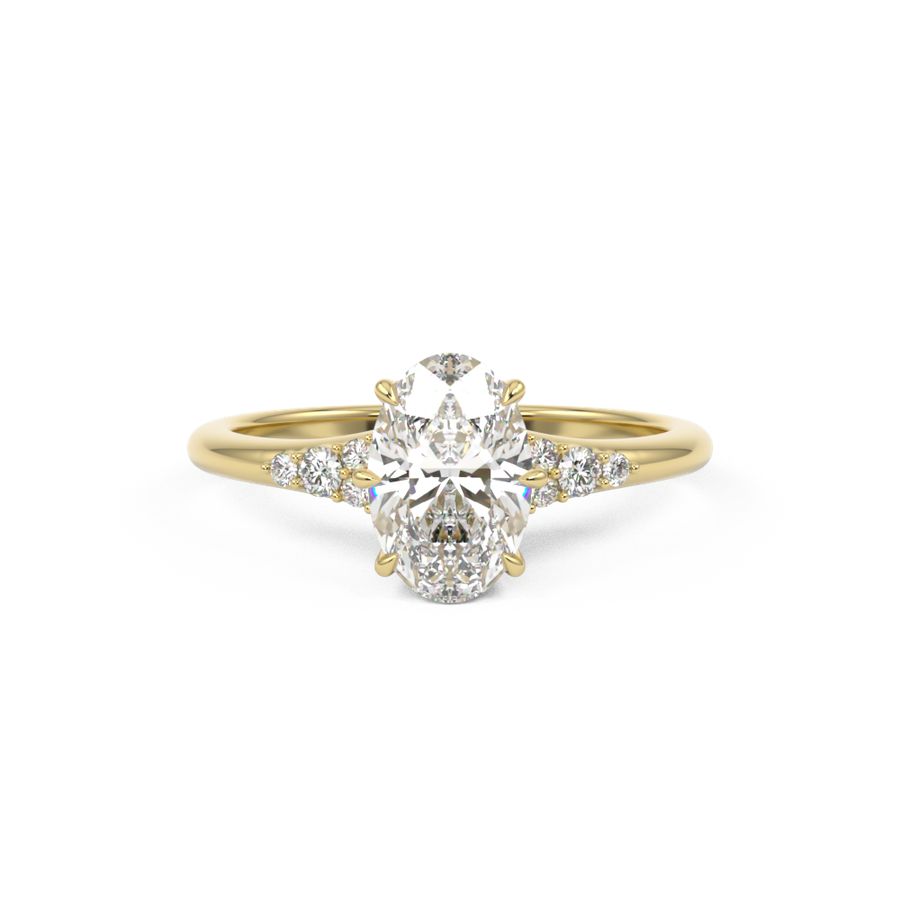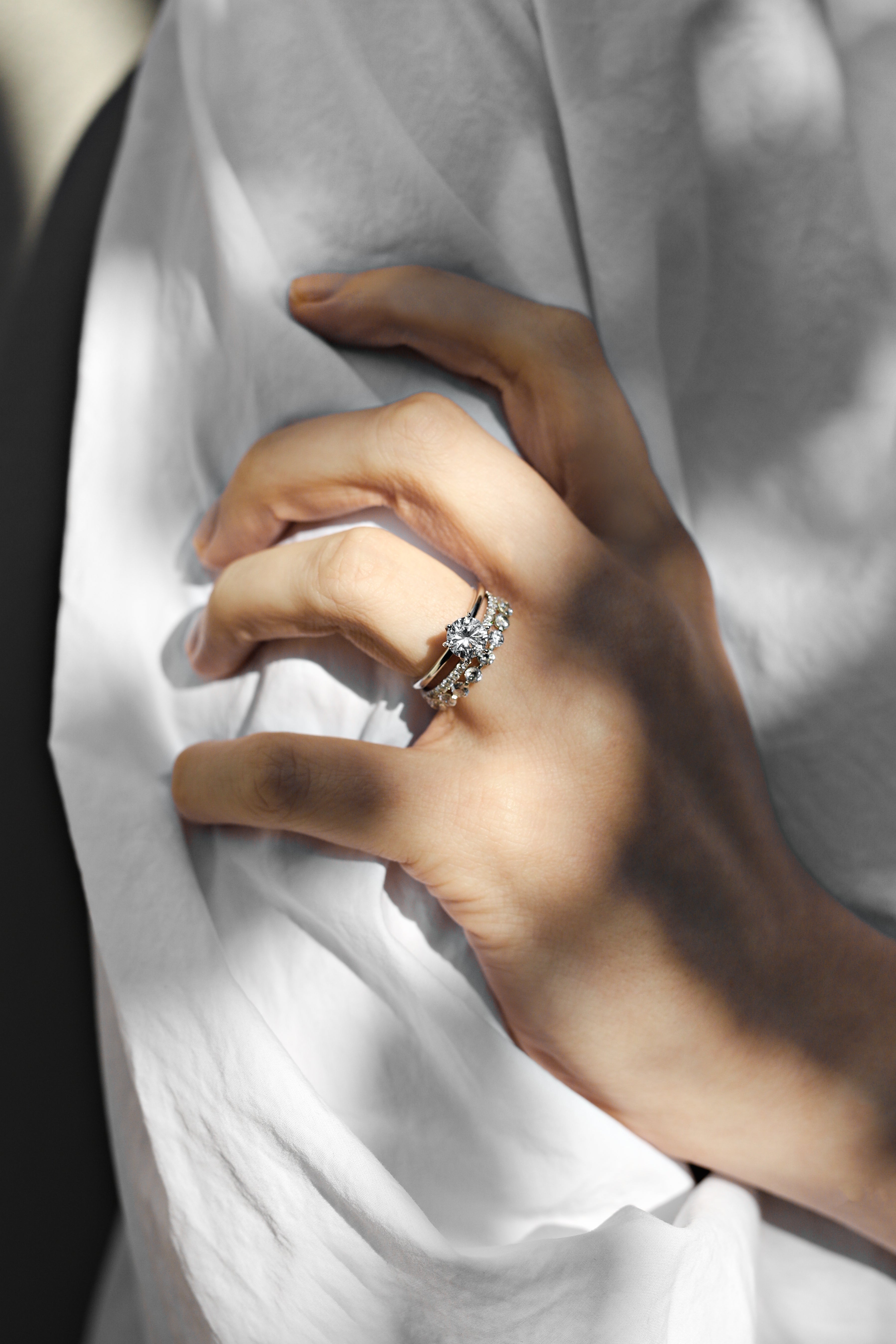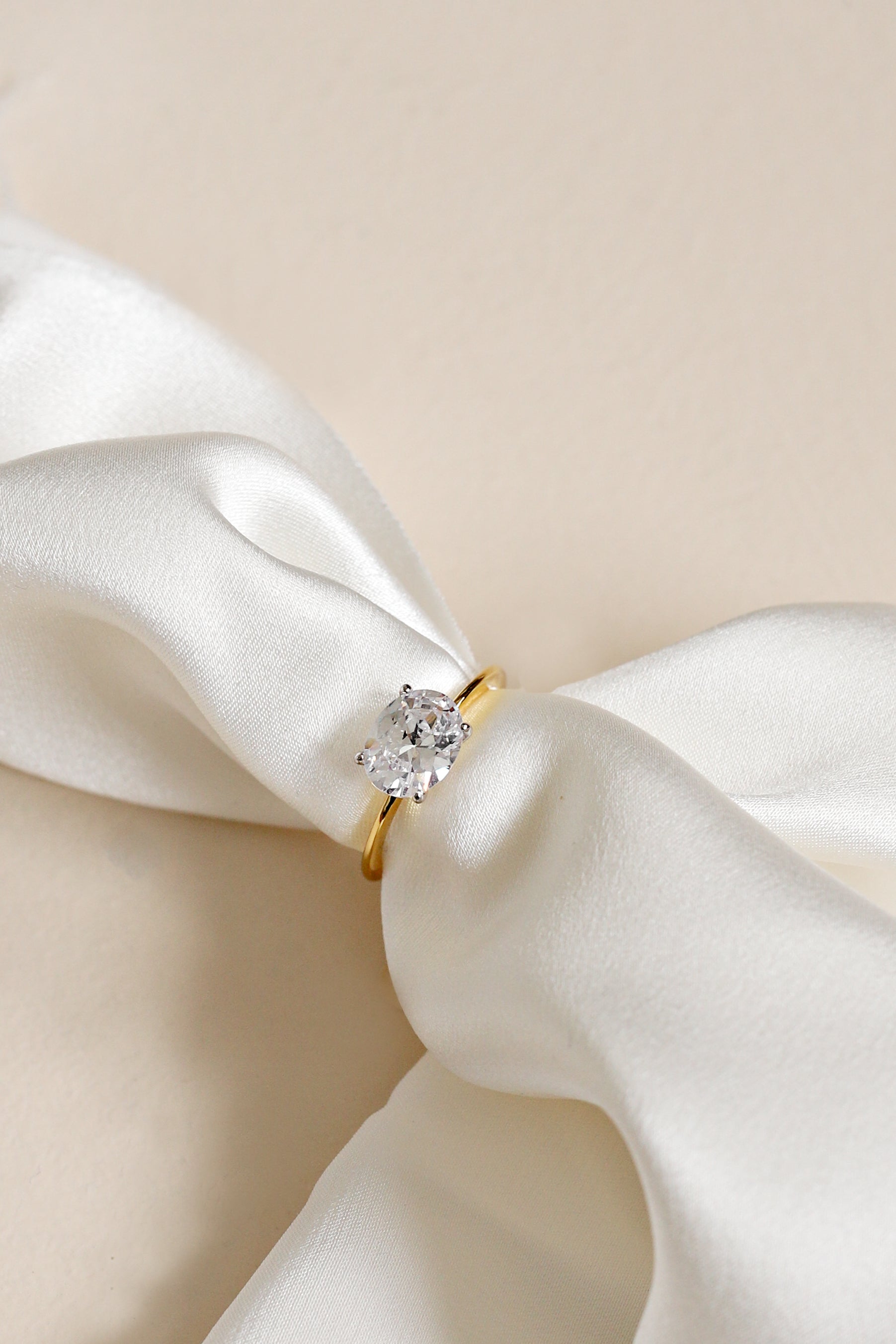Shibuichi
Naming and Composition
- Shibuichi means one-fourth in Japanese
- Indicates the standard formulation of one part silver to three parts copper
- Variants of the alloy have specific names, such as rogin
- The metal, especially the paler shades, may be named differently
- The desired effect may cause variations in the alloy composition
- Shibuichi can range from 5% silver to 95% copper
- Different alloy compositions can achieve a wide range of colors
- Dark grey can be achieved with 90% copper and 10% silver
- Lighter greys can be achieved with 70% copper and 30% silver
- Kuro-shibuichi is a mixture of shibuichi, shakudō, and gold
History and Use
- First mentioned in the early 18th century in documents from the State Mint
- Mostly used to ornament fittings for Japanese swords
- Meiji reforms led to its use in purely decorative objects
- Often used in mokume-gane combinations
- Interest in shibuichi outside Japan has grown in recent years
Related Concepts
- Kuromido - historically Japanese copper-arsenic alloy
- Mokume-gane - Japanese mixed-metal laminate
- Japanese sword - type of traditionally made sword from Japan
- Corinthian bronze - highly valuable metal alloy in classical antiquity
References
- Art Jewelry Magazine, March 2010
- Bradbury, F.W. (2012). I Made That: Japanese Metalwork - Shibuichi
- This article related to art or architecture in Japan is a stub
- This alloy-related article is a stub
- Expand these articles to contribute more information
External Resources
- Wikimedia Commons has media related to Shibuichi
Shibuichi Data Sources
| Reference | URL |
|---|---|
| Glossary | https://harryandcojewellery.com.au/blogs/glossary/shibuichi |
| Wikipedia | http://en.wikipedia.org/wiki/Shibuichi |
| Wikidata | https://www.wikidata.org/wiki/Q648427 |
| Knowledge Graph | https://www.google.com/search?kgmid=/m/0728bd |

